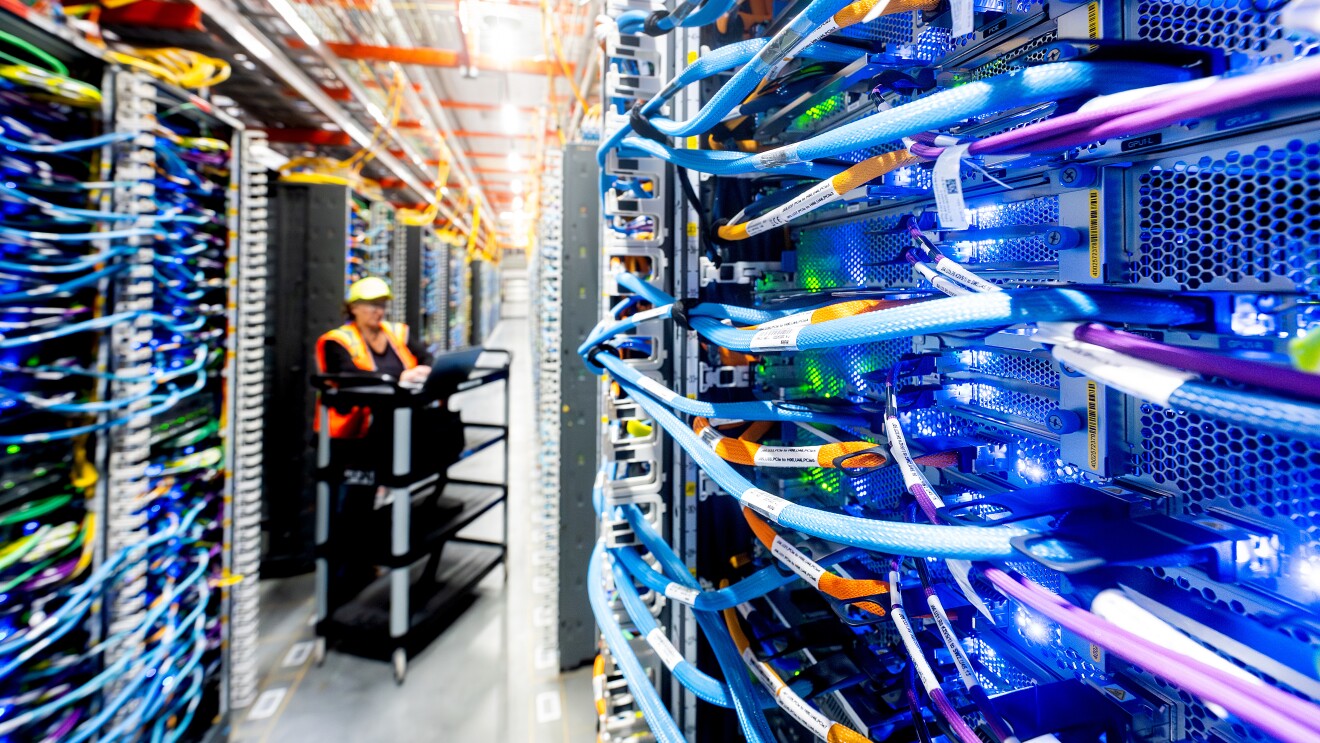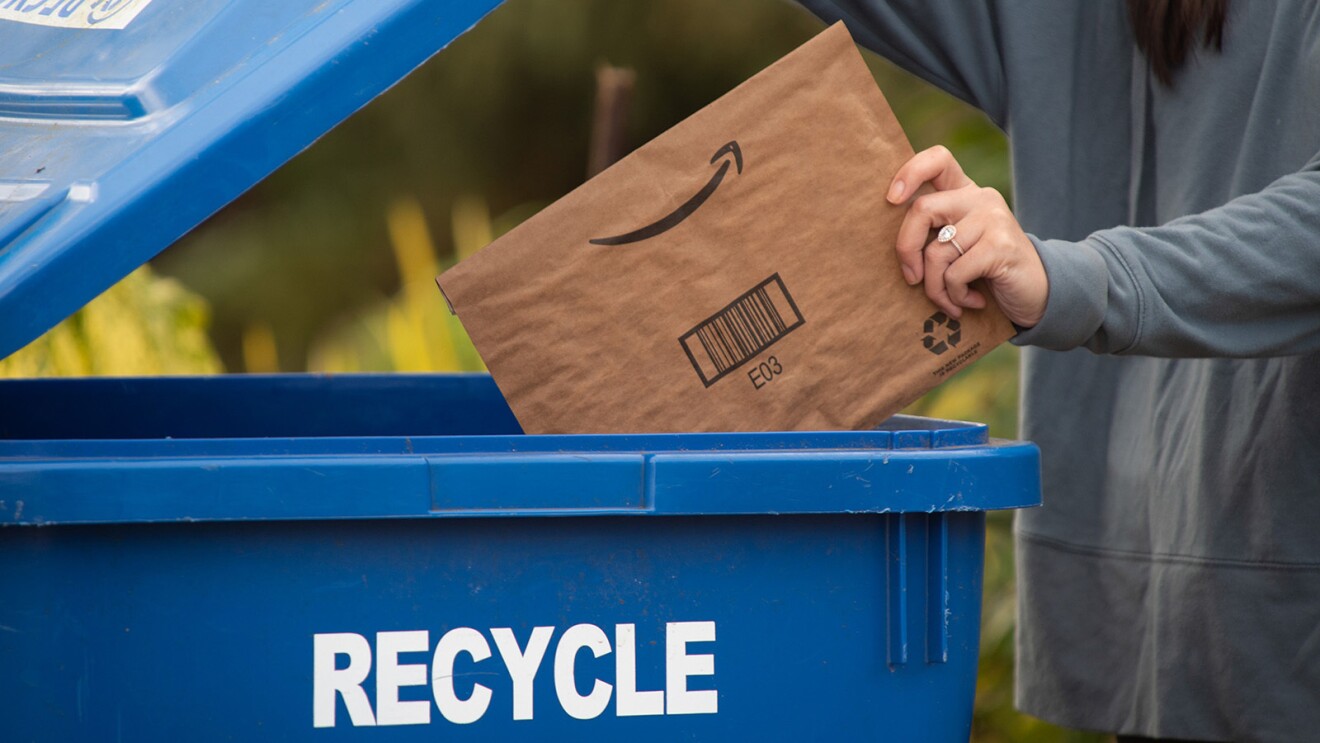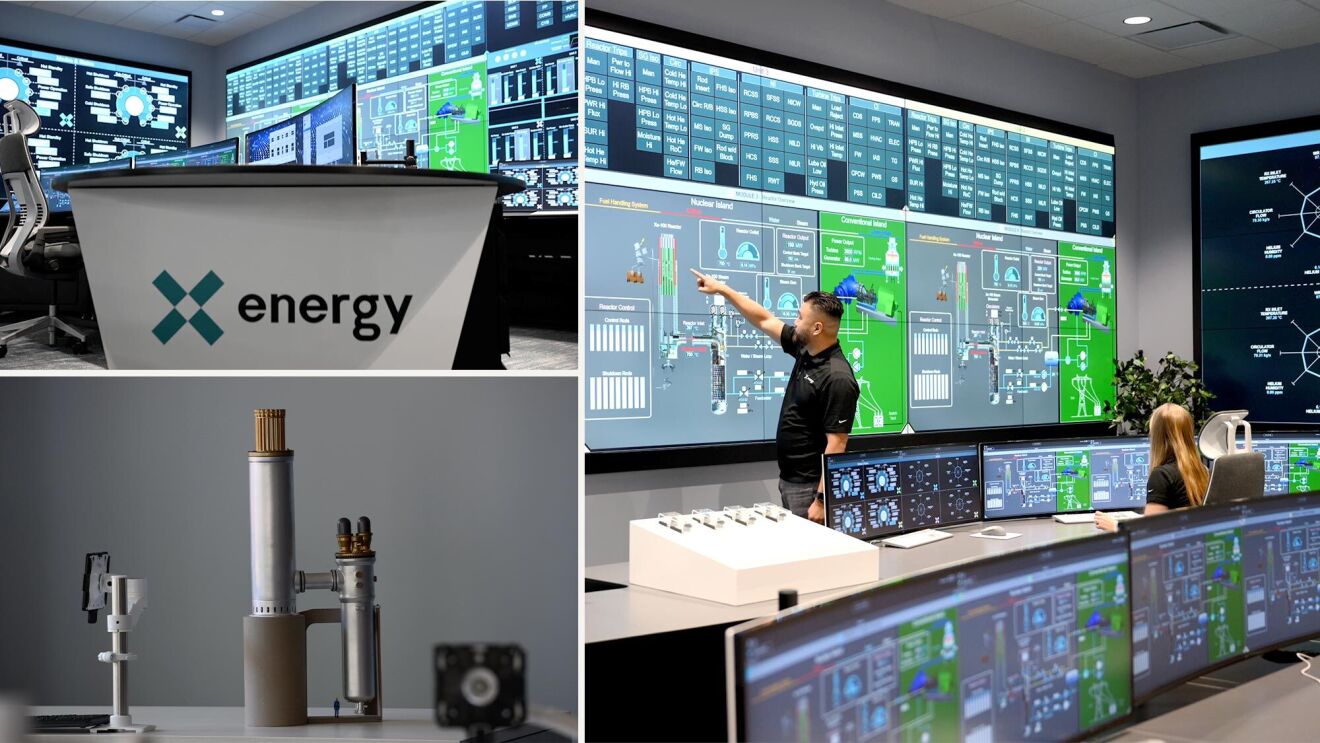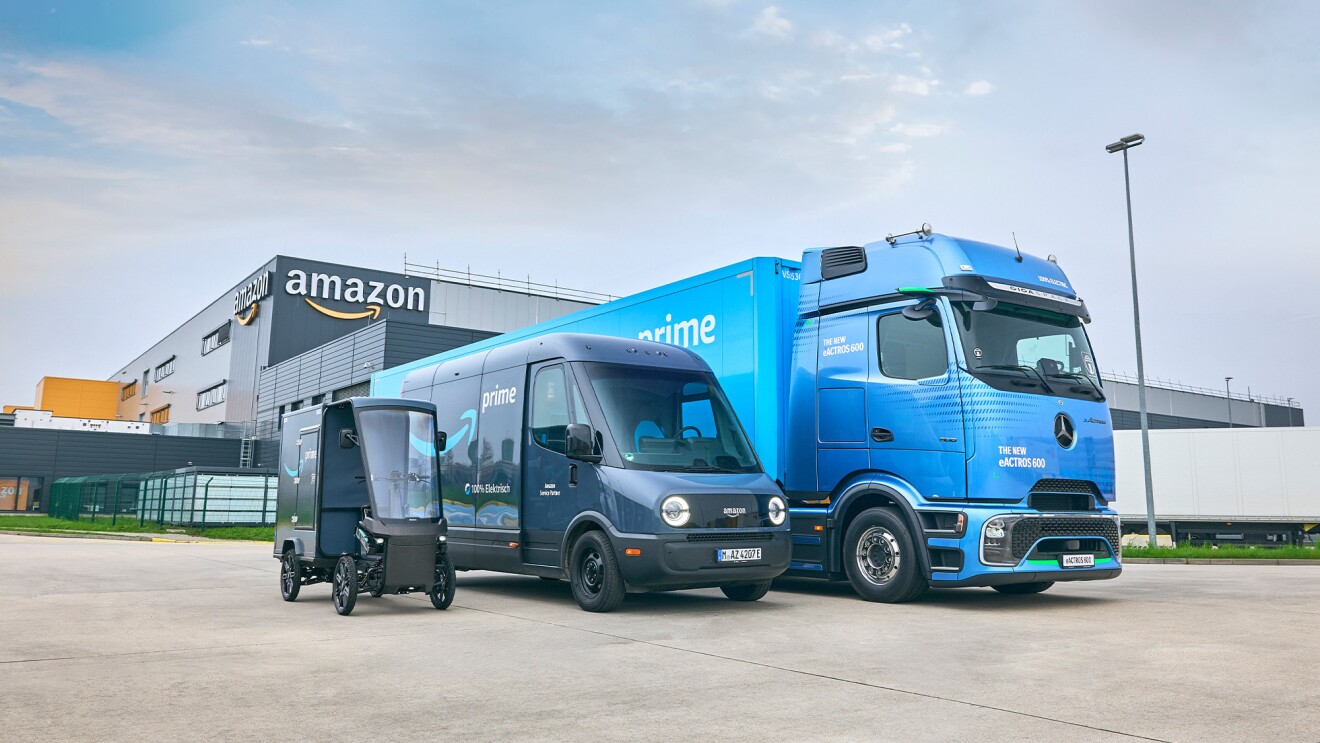Innovation and transformation are always happening at Amazon on behalf of our customers, employees, communities, and the planet. We are leading the way in sustainability through The Climate Pledge, a commitment by Amazon and more than 50 other signatories to become net-zero carbon across all of our organizations by 2040, 10 years ahead of the Paris Agreement.
We’re also helping Amazon Web Services (AWS) customers learn how our tools and services can improve their sustainability efforts. Taking the lead on those efforts is Adrian Cockcroft, who was recently named Vice President of Sustainability Architecture at Amazon. The new role reports into Kara Hurst, Vice President of Worldwide Sustainability at Amazon.
Cockcroft, who joined AWS in 2016, will help AWS customers understand how to apply sustainability practices to their business. He will also build a team to coordinate and manage the many ways AWS’s sustainability team interacts with the Amazon Worldwide Sustainability organization.
He recently talked with us about his new position—and the importance of the work.
How would you describe your new role?
I will be working with AWS customers so they can understand the benefits of more efficient cloud services than those provided by traditional on-premises data centers. That’s primarily due to two things: higher utilization, and the fact that AWS infrastructure and hardware are more efficient than most companies can achieve running their own data centers. I will also be showing customers how they can take full advantage of AWS capabilities, including the Amazon Sustainability Data Initiative.
Why is this new work important to you in your career now?
I have always been an early adopter of new technologies and have focused on work that can have a positive impact. Every few years, I believe it’s important to explore a new area and challenge in order to keep growing professionally. Over the last decade, most people know me from my advocacy of moving to cloud, microservices, open source, and chaos engineering, but I also worked on the early stages of adoption of Unix and the internet with Sun Microsystems, the formative years of ecommerce and mobile apps while at eBay research labs, and machine learning and personalization at Netflix. I also have a degree in physics and have been following the science behind the climate crisis for about 15 years. I began my own personal investments in solar power, electric cars, and heat pumps a decade ago. The time is right to refocus my career in sustainability as I’m seeing a surge in interest from AWS customers. They are not just thinking about the carbon footprint of their IT infrastructure, but they are also changing their entire product lines to become sustainable. I’m moving on from worrying about digital transformation and beginning a new chapter focused on sustainability transformation.
How are AWS data centers more efficient than on-premises data centers?
Typical single-company data centers operate at roughly 18% server utilization. That means 82% is powered, unused, and held in reserve because companies need that excess capacity to handle large usage spikes. AWS benefits from multi-tenant usage patterns and operates at far higher server utilization rates. In addition, AWS has been successful in increasing the energy efficiency of its facilities and equipment, for instance, by using more efficient evaporative cooling in certain data centers instead of traditional air conditioning. A study by 451 Research found that AWS’s infrastructure is 3.6 times more energy efficient than the median U.S. enterprise data center surveyed. Along with our use of renewable energy, these factors enable AWS to do the same tasks as traditional data centers with an 88% lower carbon footprint.
What is Amazon doing to become net-zero carbon by 2040?
Science is at the root of this work. Amazon’s sustainability efforts range from our investments in renewable energy, energy efficiency, and sustainable transportation, to circular economy and waste-reduction initiatives, product sustainability, and social responsibility. Over the past six years, Amazon has built a team of hundreds of employees committed to meeting our sustainability goals, and it continues to grow. This includes climate scientists who have modeled and developed new software to track carbon emissions across all of Amazon, from operations and retail to AWS. Amazon’s Sustainability team provides this data to teams across the company to empower them to remove carbon from their part of the business and continue taking action to remove carbon from Amazon’s business.
How is AWS helping advance scientific research around climate change?
One example is the Amazon Sustainability Data Initiative (ASDI), which lives on the AWS Cloud. ASDI seeks to accelerate sustainability research and innovation by minimizing the cost and time required to acquire and analyze large sustainability datasets. ASDI supports innovators and researchers with the data, tools, and technical expertise they need to move sustainability to the next level, including organizations such as the National Oceanic and Atmospheric Administration’s (NOAA). They use ASDI to help with disaster response by providing access to aerial data and imagery as open data.
How are you looking forward to help businesses as they think about sustainability?
The climate crisis is causing a new disruption across many organizations as they figure out how to operate sustainably. In some cases, their impact is small, in others it’s existential, and AWS can be a big part of the solution by providing the agility for companies to design, create, and manufacture new products for their own customers and do it in a sustainable way. I look forward to supporting Amazon’s mission toward net-zero carbon, while also showing customers the power of acting more sustainably. Working together is the only way to fight the climate crisis.
For more information about opportunities at the company, visit Amazon.jobs.
Trending news and stories










